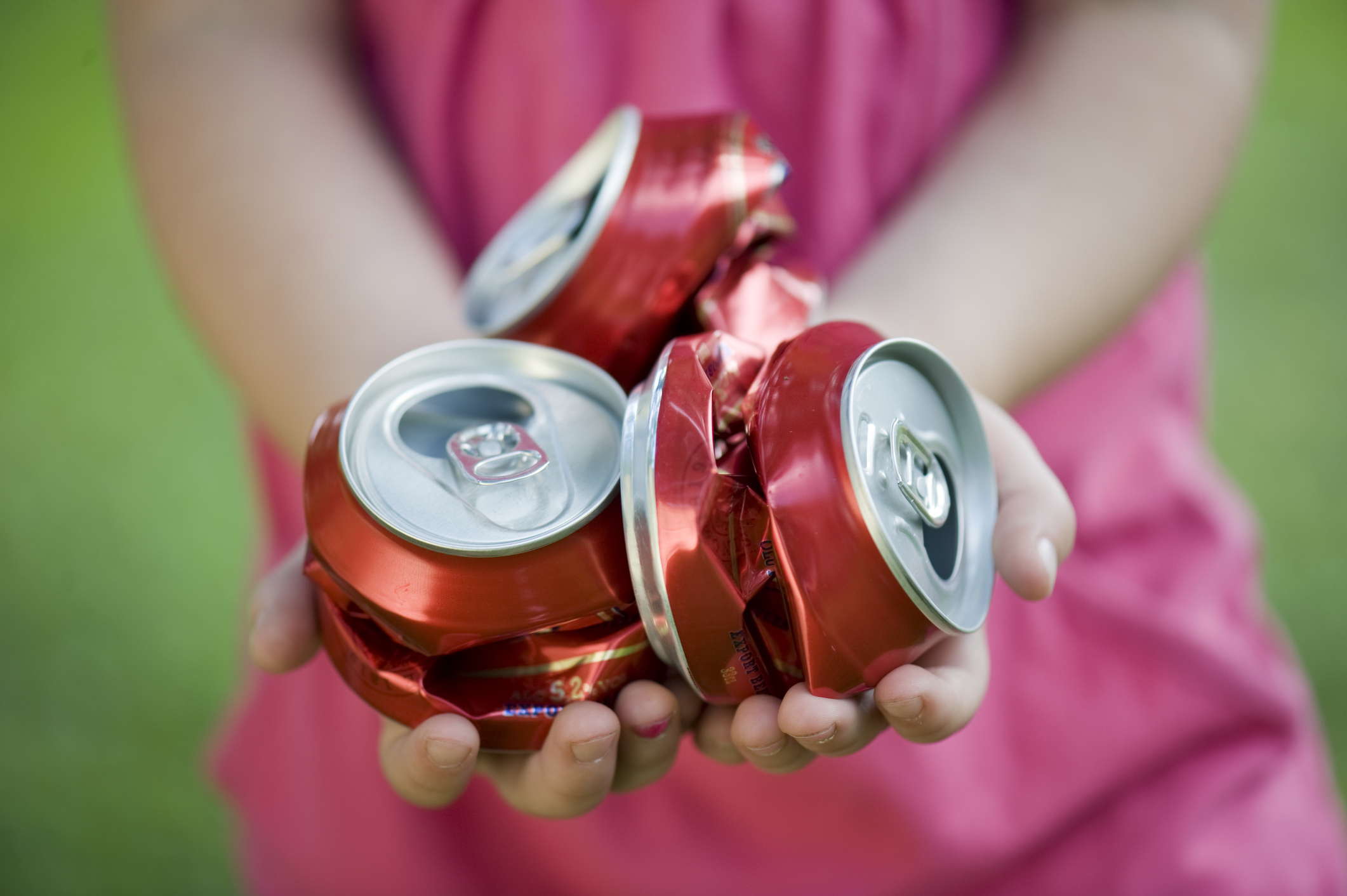Global Aluminium Can Recycling Rate Hits 75%, New Data Shows

According to new findings released at COP30, the global recycling rate for aluminium beverage cans reached 75% in 2023, marking a major step toward the sector’s long-term vision of near-complete circularity. The announcement, reported by the International Aluminium Institute (IAI), draws on a new global study commissioned by the Global Beverage Can Circularity Alliance (GBCCA) and carried out by Eunomia Research & Consulting. According to the study, which evaluates recycling performance across 35 countries and regions representing the majority of the world’s aluminium, PET and glass markets, aluminium continues to outperform other materials by a substantial margin.
It is reported that aluminium cans showed exceptionally high recycling rates even in regions with limited waste-management infrastructure, with levels exceeding 94% in East Asia & the Pacific and in Latin America & the Caribbean. The research follows the European Union’s calculation methodology under Commission Decision 2005/270/EC and forms part of a wider three-year programme to harmonize global recycling definitions, improve data transparency and strengthen reporting quality.
According to reports, the study also identifies significant gaps in global recycling data, noting that more than 20 countries lack complete or reliable information on collection and recycling rates. These discrepancies underscore the need for improved national monitoring systems, more consistent data-reporting standards and greater policy alignment among governments, recyclers and manufacturers.
Industry representatives welcomed the new milestone. Marlen Bertram of IAI said the results demonstrate “real progress in keeping aluminium in circulation and out of landfills.” Crown Holdings’ sustainability head Sandrine Duquerroy-Delesalle called the 75% rate “a significant step forward for our industry and for the circular economy as a whole.” Eunomia’s Andy Grant said the data highlights the need for “continuous improvement in recycling infrastructure and policy.” Ball Corporation’s CSO Ramon Arratia pointed to Brazil’s long-standing 98% recycling rate as evidence of aluminium’s strong value chain.
According to the GBCCA, the long-term target of reaching 80% aluminium can recycling by 2030 remains on track, with ambitions extending to near-100% recycling by 2050. Industry observers note that aluminium is increasingly influenced by global circular-economy trends, including the expansion of extended producer responsibility schemes, updated packaging-waste regulations and the broader rollout of deposit-return programmes. Aluminium’s high material value, low carbon footprint and ability to be recycled repeatedly without degradation give it a competitive edge as governments push for more resource-efficient and climate-aligned packaging systems.
Despite this progress, experts caution that inconsistent data reporting remains a major obstacle. According to the study, numerous markets lack reliable collection-for-recycling metrics, limiting their ability to design targeted policies or measure progress. Closing these data gaps—along with strengthening infrastructure and harmonising policy frameworks—will be critical for achieving the industry’s long-term circularity ambitions.
The new findings reinforce aluminium’s position as the world’s most successfully recycled beverage-container material. According to analysts, coordinated action by policymakers, recyclers and manufacturers could accelerate progress even further, laying the foundation for a near-fully circular aluminium can system over the next several decades.
Source: International Aluminium Institute
SUNSHINE Spotlight: The latest data shows that aluminium’s high material value, strong recovery networks and clearer policy direction are turning circularity targets into measurable progress.






